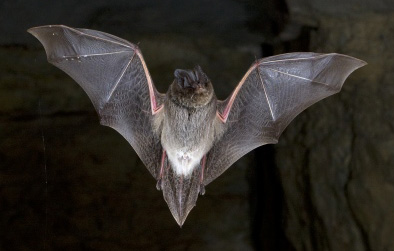Facts About Barbastelle Bat
The western barbastelle, also known simply as the barbastelle bat, is a captivating European bat species. It boasts an extensive range, spanning from Portugal to Azerbaijan and from Sweden to the Canary Islands. One of its most distinguishing features is its appearance: it has a short nose, small eyes, and wide ears, giving it a distinctive look.
In terms of conservation, the status of the barbastelle varies by location. In some areas, it is considered "Near Threatened" while in others, it is even regarded as "Extinct."
This bat has been known to science since 1774 and was allocated to the genus Barbastella in 1897. Two recognized subspecies exist: one inhabiting Western Europe and the Caucasus, and another exclusive to the Canary Islands. Scientists have utilized both physical measurements and DNA analysis to discern the genetic differences between these populations.
Visually, the barbastelle is a medium-sized bat with a pug-like nose, broad ears, and fur with unique coloration. They prefer roosting in trees, rock crevices, and even buildings, but migrate to underground sites for hibernation. Their diet consists primarily of moths, and they have specific methods of hunting and reproduction.
The barbastelle’s echolocation calls are specialized for catching moths while remaining undetected. Over time, they have co-evolved with their prey, leading to fascinating interactions between them and the moths they hunt. Unfortunately, this species is becoming rarer and is in decline in many regions.
To help protect the barbastelle, several conservation efforts are underway. It is protected under the Habitats Directive in the EU and listed in the Berne Convention. BatLife Europe even named it the bat species of the year for 2020-2021. Globally, the barbastelle is classified as Near Threatened, Vulnerable in Europe, and Near Threatened in the Mediterranean region. Various countries and regions are working diligently to safeguard this unique bat and its habitats.

 Croatia
Croatia